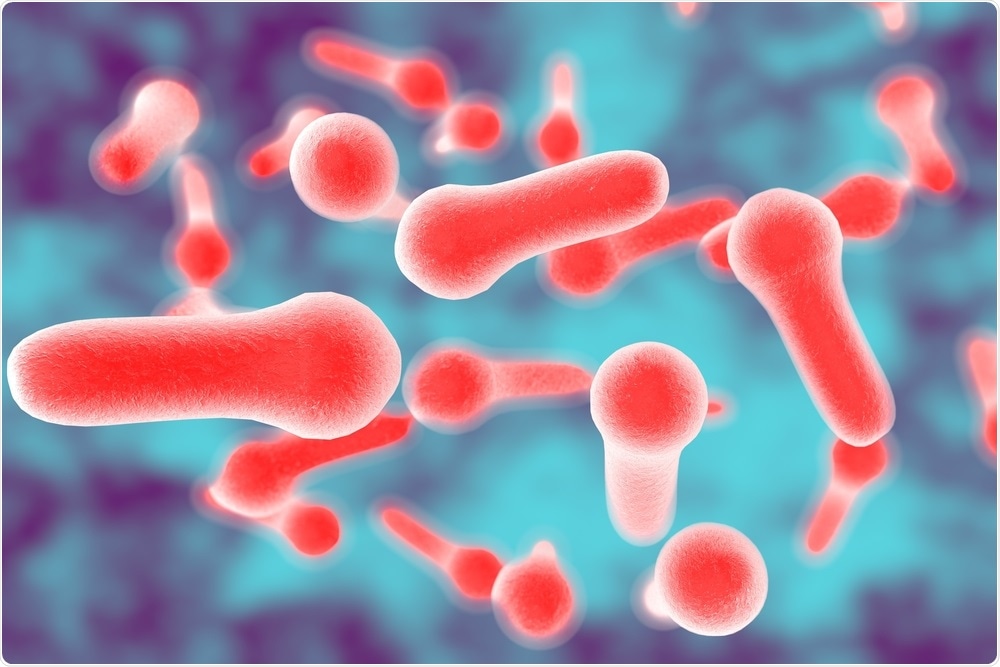
Gangrene-causing bacteria show promise as cancer treatment
Researchers have found that the bacteria responsible for causing gangrene could also be used to treat patients with certain cancers.
 Image Credit: Kateryna Kon / Shutterstock
Image Credit: Kateryna Kon / ShutterstockThe study, which was carried out by University of Texas researchers, has revealed that gangrene-causing bacteria can safely be used at high doses in patients with advanced cancers who fail to respond to other treatments.
This type of treatment is called bacterial therapy and has been shown to shrink and kill cancer cells.
These bacteria release spores which can be injected into tumors, causing necrosis and tumor cell death.
The team used spores of lethal bacteria Clostridium difficile that can be resistant to antibiotics and can cause serious harm to humans.
The researchers used a modified and less aggressive form of the bacteria called Clostridium novyi-NT.
This bacterium is special in many ways. Firstly, it requires little oxygen to survive (termed anaerobic). This means that it cannot develop in healthy tissues where there is adequate oxygenation via blood supply.
Tumors that are rapidly growing and are devoid of fresh blood supply are thus ideal for the growth of these bacterial spores.
The Phase 1 trial included 24 patients who were diagnosed with solid tumors and had become resistant to the conventional therapies such as chemotherapy and radiation.
These patients were all injected with 10,000 to three million bacterial spores. The safe dose of the spores was found to be one million spores.
Those with the highest dose (2 patients) developed severe sepsis and gas gangrene. At 1 million spores dosage, the patients were found to be stable and manageable.
In these 22 patients, the tumor growth was adequately stopped, and in 23 percent patients, the tumors shrunk by over 10 percent compared to their baseline size.
Dr. Janku explained that when the bacterial spores are injected there may be an initial inflammation that may lead to swelling of the tumor cells as the immune system begins to attack the bacterial cells invading the tumor.
As the course progresses, the inflammation subsides and the tumor may shrink more than the initial recordings.
He added that the bacterial spores half the time (46 percent cases) germinated to grow and multiply.
These bacteria attacked the tumor cells and caused them to die and shrink in size.
The other advantage of these spores was that they triggered the immune system into attacking the spores.
As the immune cells crowded in and around the tumors, they killed the tumor cells.
The researchers hope that this bacterial therapy can be used along with other anticancer therapies such as immunotherapy that uses the help of the immune system modulating drugs to kill the cancer cells.
The team will present the findings of their study this week at the Fourth CRI-CIMT-EATI-AACR International Cancer Immunotherapy Conference: Translating Science into Survival(Sept. 30th to Oct. 3) in New York. This study was sponsored by BioMed Valley Discoveries Inc.



































No hay comentarios:
Publicar un comentario